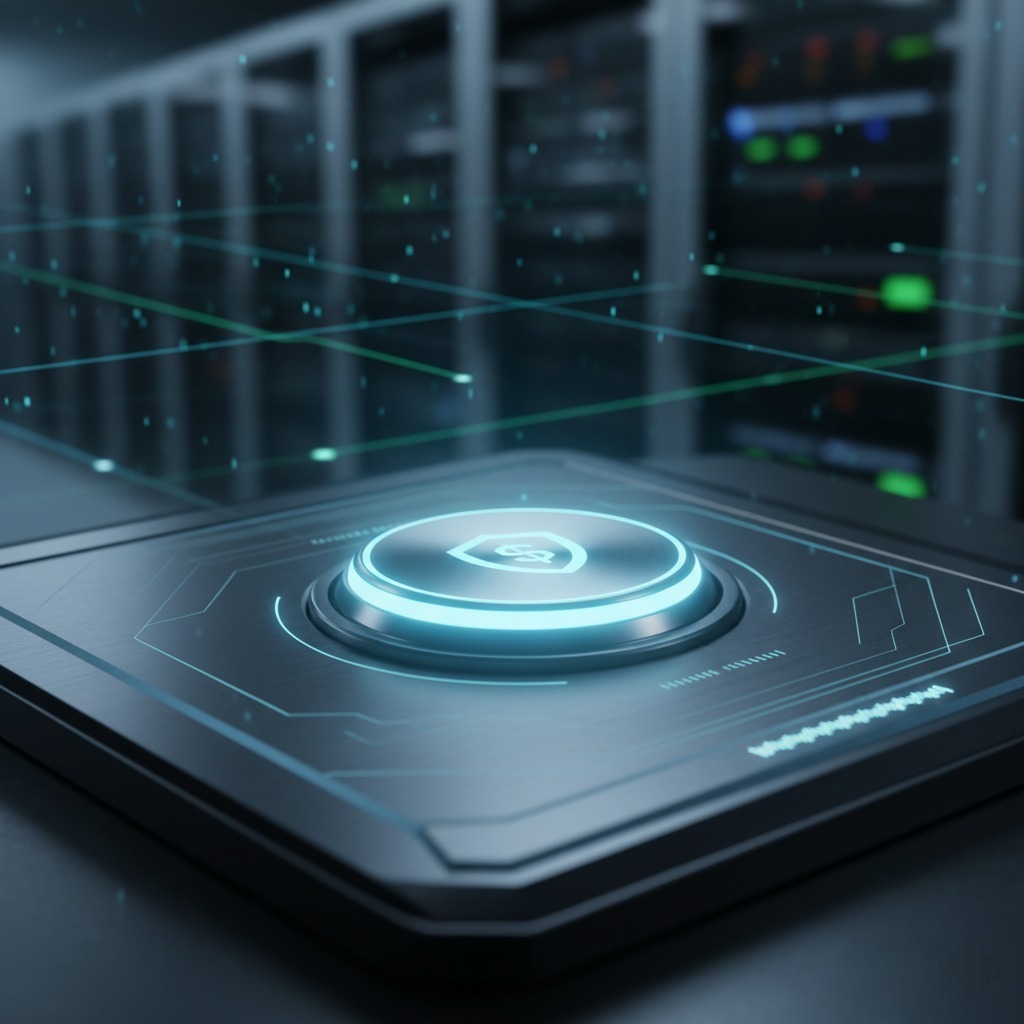
The modern-day enterprise has become environment-conscious with many corporate social responsibility (CSR) programs with recycling schemes in order to save energy. As pera research by Global e-Sustainability Initiative (GeSI), datacenters consume over 3% of the world’s total electricity and generate 2% of our planet’s CO2 emissions which is equivalent of the entire global aviation industry or a small city.
Today CoreIT is also favors the concept of a ‘green data centre’ that can enable huge technological progresses at the same time minimize environmental footprint. Here are a few areas to focus on as a starting point.
Using a containment system
Data centers require a lot of power to keep systems cool. A great way to increase efficiency is by fixing air tiles into the cold aisle of the cooling system so that it can raises return temperatures, allowing air conditioning units to operate more efficiently.
Virtualizing servers and storage
With virtualization, servers and storage can be shared onto one shared platform, while maintaining a level of segregation between data, operating systems and applications. Thus a more efficient system comes in place that saves space and reduces the number of power consuming servers thus reducing energy waste.
Turning idle IT equipment off
When these systems are left on unused, they consume large amounts of the power needed to keep them running at full capacity. Therefore, it is important to make an assessment of the equipment used, its usage, etc. to save energy.
Energy efficient UPS system
Most data centers uses an uninterruptible power supply (UPS) system to support critical mainstream IT and communications infrastructures when power fails or supply is inconsistent. Earlier, these large, standalone towers used old technology that could delivered an efficiency of 80-90%.
Today modular systems can replace sizable standalone units with compact individual rack-mount style power modules paralleled together to provide capacity and redundancy increasing performance efficiency, scalability, and ‘smart’ interconnectivity far beyond the capabilities of their predecessors

.jpg)
